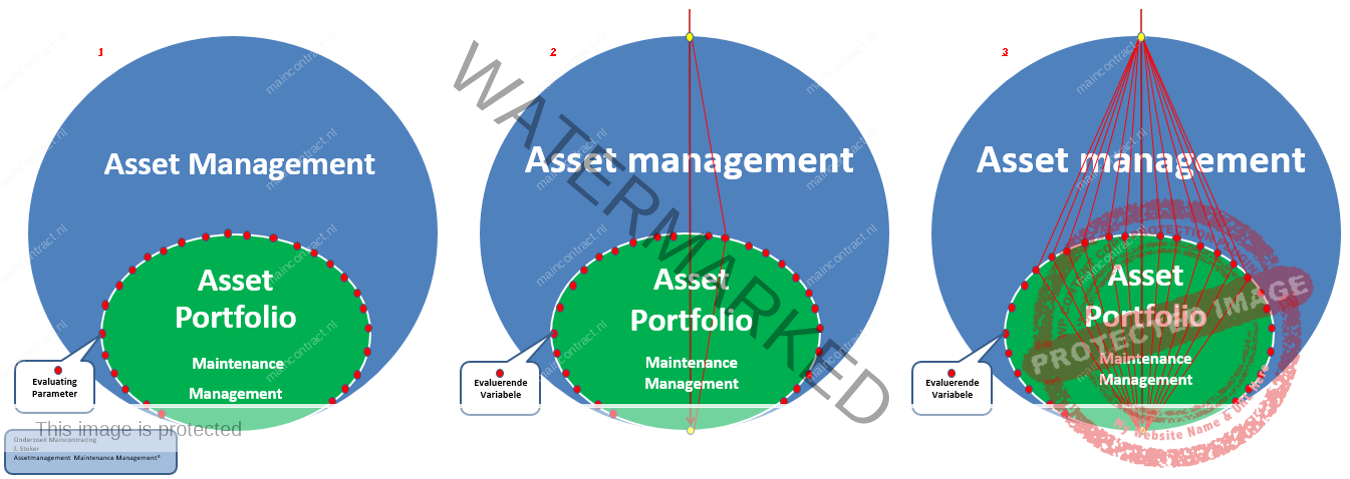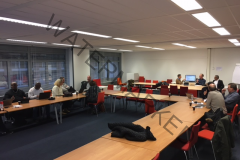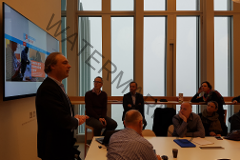Pagina Inhoud
- Publicatie 20 juli 2020
![]()
The circular economy concept has gained momentum both among scholars and practitioners. However, critics claim that it means many different things to different people. This paper provides further evidence for these critics. The aim of this paper is to create transparency regarding the current understandings of the circular economy concept. For this purpose, the researchers have gathered 114 circular economy definitions which were coded on 17 dimensions. Their findings indicate that the circular economy is most frequently depicted as a combination of reduce, reuse and recycle activities, whereas it is oftentimes not highlighted that CE necessitates a systemic shift.
They further find that the definitions show few explicit linkages of the circular economy concept to sustainable development. The main aim of the circular economy is considered to be economic prosperity, followed by environmental quality; its impact on social equity and future generations is barely mentioned. Furthermore, neither business models nor consumers are frequently outlined as enablers of the circular economy. The researchers critically discuss the various circular economy conceptualizations throughout this paper. Overall, they hope to contribute via this study towards the coherence of the circular economy concept; the researchers presume that significantly varying circular economy definitions may eventually result in the collapse of the concept.
![]()
Source Science Direct
1. The 114 definitions
The circular economy (CE) concept is trending and thus much lip service is given to it these days. Trending concepts tend to diffuse in their meaning and many have claimed that this has also happened to the CE concept. While at least seven CE literature reviews have been published so far, no comprehensive and systematic analysis specifically on current CE understandings was conducted prior to this study, as far as the researchers are aware. The researchers have gathered a comprehensive set of 114 CE definitions and systematically analysed it against a coding framework to provide transparency regarding current CE understandings. The researchers acknowledge that a CE understanding can be broader than a definition presented with their study thus possibly exaggerating the negligence of certain dimensions in CE understandings. Second, their approach to systematically analysing definitions simplified and thus (at least somewhat) distorted them since it quantified qualitative definitions.
The researchers view this quantification as necessary, though, to succinctly compare many CE understandings and thus create transparency about them. This transparency is the first step to cohere the concept in their point of view with their study hoping to contribute to the coherence of the CE concept. A concept which fails to cohere may ultimately collapse or remain in a deadlock due to permanent conceptual contention, not only in research, but also in practice, since cumulative knowledge development on it is impeded.
![]()
Asset Management Systems: See The Line of Sight-Deepening the subject
![]()
2. Coding as an economic system.
The researchers defined CE within their iteratively developed coding framework as an economic system that replaces the ‘end-of-life’ concept with reducing, alternatively reusing, recycling and recovering materials in production/distribution and consumption processes. It operates at the micro level (products, companies, consumers), meso level (eco-industrial parks) and macro level (city, region, nation and beyond), with the aim to accomplish sustainable development, thus simultaneously creating environmental quality, economic prosperity and social equity, to the benefit of current and future generations. It is enabled by novel business models and responsible consumers. The researchers hope that this CE definition can be a contribution to the scholarly CE community with this definition ideally serving as a conceptual foundation for future work on the topic.
Their analysis of 114 definitions provides the first quantitative evidence that and how CE means many different things to different people, as also indicated by a comment of a reviewer of this paper who noted, upon skimming through the definitions analysed for this work, that “some of the authors […] seem to have no idea about what [CE] is about”. For instance, the researchersfound that some authors entirely equate CE with recycling, whereas the most common conceptualization of the ‘how-to’ of CE is a combination of reduce, reuse and recycling, the 3R framework that is already outlined in the 2008 Circular Economy Promotion Law of the People’s Republic of China. Practitioners frequently neglect ‘reduce’ in their CE definitions, though, assumingly since this may imply curbing consumption and economic growth.
3. Only a third explicate a waste hierarchy.
Worryingly, the researchers found that only a third of definitions explicate a waste hierarchy. Examples of definitions that include a waste hierarchy are Ness and Xing (2017), Song et al. (2015) and Allwood et al. (2011). This lacking waste hierarchy in many CE conceptualizations was not previously highlighted in the scholarly literature, as far as the researchers are aware. The researchers consider definitions lacking waste hierarchies to be subverted CE definitions since adopting such definitions can result in companies that implement only minimal changes in their current business model, e. g. increasing recycling, to claim that they are part of CE. However, CE must be understood as a fundamental systemic change instead of a bit of twisting of the status quo to ensure its impact.
Asset Management Systems: See The Line of Sight-Deepening the subject
Yet only around 40% of definitions conceptualize CE from a systems perspective. Previous scholarly work has also not highlighted that many CE definitions lack this systems perspective, as far as he researchers are aware. Meanwhile, their analysis confirmed previous authors’ claim that CE’s link to sustainable development is weak. The researchers further revealed that most authors see CE as an avenue for economic prosperity, whereas previous scholars conducting narrative reviews of the CE literature had argued that CE would be mostly concerned with environmental aims. Unsurprisingly, the focus on economic prosperity is particularly prominent among practitioner definitions. Meanwhile, the researchers confirmed previous scholarly writings arguing that CE understandings mostly neglect the social considerations. Lastly, their review casts doubt regarding the claim by some authors that novel business models are CE’s main enabler since only very few definitions explicitly refer to business models. The researchers also found that only one out of five definitions consider the consumer as a second enabler of CE. This resonates with previous scholarly writing that outlines consumers as a research gap for the CE community. The researchers note that the conceptual muddle regarding CE evidenced by their study does not suggest “to throw the [CE] baby out with the bathwater”, as one reviewer of this paper wrote. The significant momentum gathered by the concept holds the promise that CE may be able to reach beyond current sustainable development efforts. However, a distinction is needed between ideal and subverted CE definitions. If subverted definitions start dominating, CE implementation will only result in incremental improvements at best, with the CE concept then not delivering on its promise of fundamental change. The CE concept may then
ultimately end up as just another buzzword in the sustainable development discourse.
Source: The 9R Framework; Adapted from Potting et al 2017 P.5)
Those working on CE need to point it out when encounterinsubverted CE definitions. Furthermore, they believe that describing good CE implementation examples can help sharpen the understanding of the CE concept both among scholars and practitioners. These good practices are not hard to find, as they can be historically found everywhere in the form of pre-industrial production systems. Their practical experience suggests that there are also many contemporary good CE practices. More scholarly work detailing these practices (which also need to be communicated in popular media outlets) would do a service to those keen on the concept. Detailing these practices must also include analyses of how barriers encountered while implementing them were overcome – these analyses would be most instructive for practitioners. Future research may also focus on those dimensions identified in this study that are neglected by many working on CE, e. g. the consumer perspective. For instance, more research on the consumer perspective could help to highlight pathways to enhance their contribution to CE. Any such future CE research needs to be grounded in a deliberate CE conceptualization to foster cumulative knowledge development on this topic.
5. React, Discuss & Article
![]()
Discuss or give your opinionFollow on FacebookFollow on Twitter
Related Articles
Tags: Circulair











